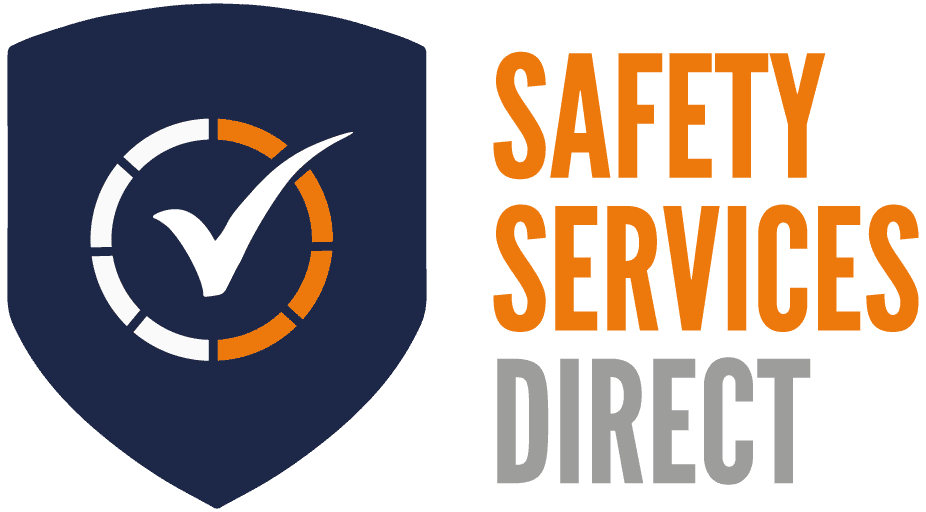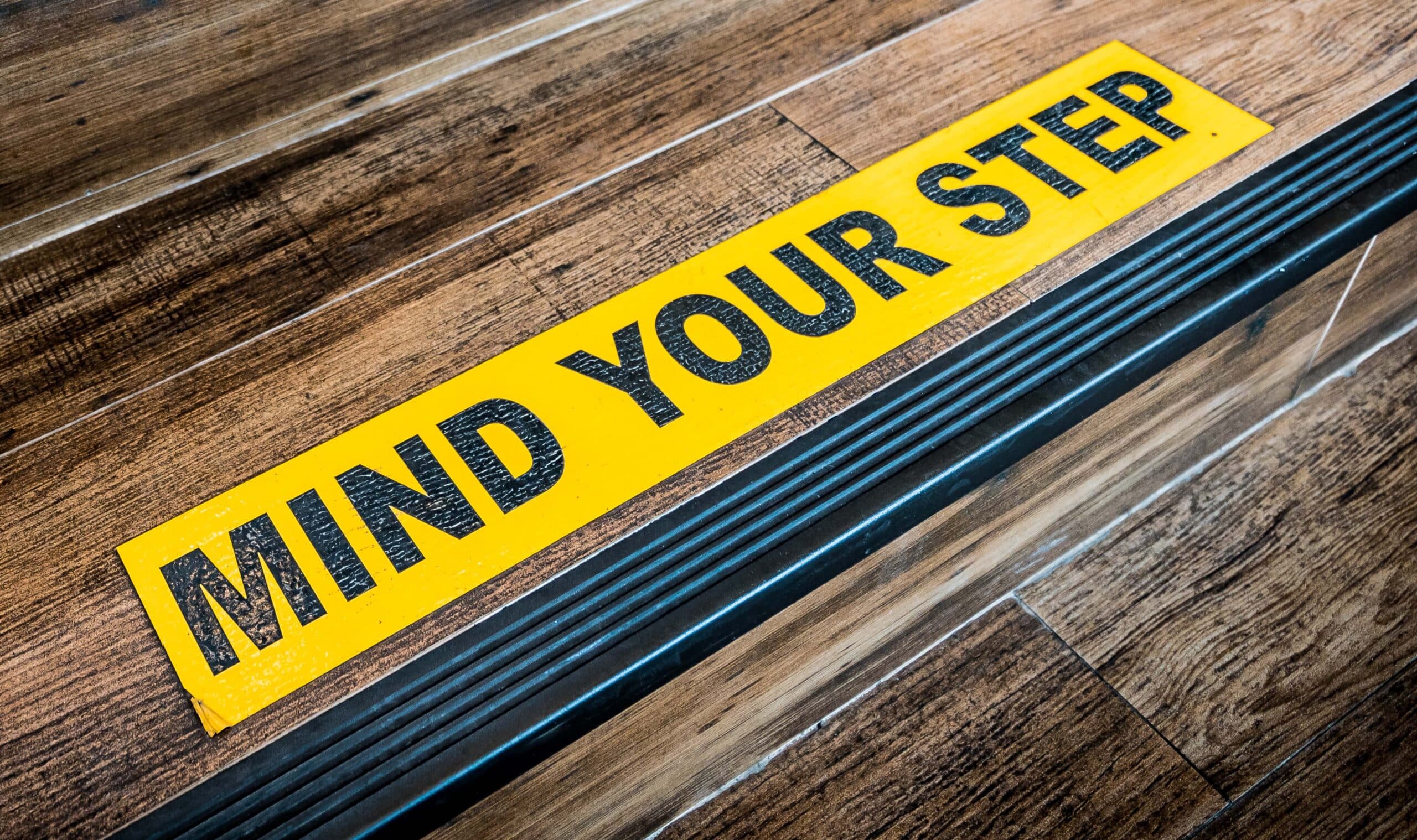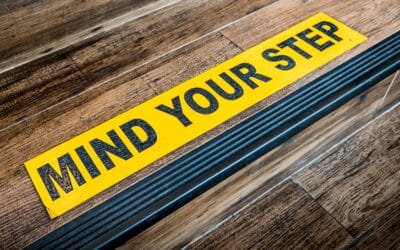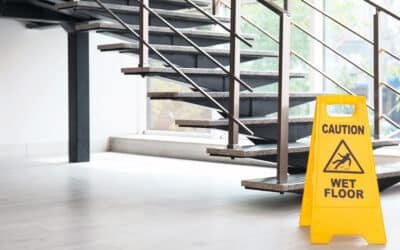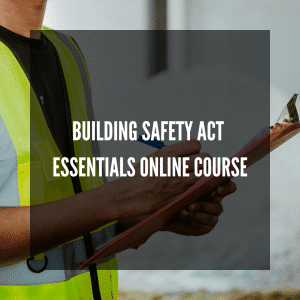A slip, trip or fall in the workplace can lead to a serious injury or worse. 31% of non-fatal injuries in the UK in 2017/2018 were caused by slips, trips and falls. With 100 people dying from work-related incidents, the fight to reduce harm in the workplace continues. By reducing any potential hazards that lead to incidents in the work environment, you help lower the risk of accidents and injuries.
Safety Services Direct have compiled ways to prevent slips, trips and falls around the workplace:
1. Keep walking surfaces clean and avoiding of clutter
When walkways are clear, the risk of injury greatly reduces. With a path that is unobstructed, the chance of a person falling over an object and reduces potential of a spill that causes a dangerous slipping hazard.
2. Lighting
A workplace with effective lighting inside and outside of the building helps reduce the chances of an accident. By illuminating areas that are commonplace for trips and falls to happen, you can put a light on hidden dangers. This will reduce any chances of an injury.
3. Signage
Using health and safety signs that are clear and well placed helps identify areas with potential problems. Placing a sign that indicates a step, gap or an uneven ground puts attention to hazards and increase their awareness and attentiveness. Reflective tape can also highlight issues.
4. Stairs/Handrails
Do your stairs have handrails? Is reflective tape used to mark the top and bottom of the stairs? Are there any unsecured carpets or rugs that you have had to remove from the stairs? Stairs are one of the most common areas for falls to happen in the workplace. Additional care is required here to prevent injuries. Keep all stairwells well lit and clear of obstacles.
5. Footwear
Do your employees know which safety footwear is appropriate for the conditions they are working in? Make sure your workforce know clearly what attire is needed.
6. Step Ladders
Providing accessible equipment such as ladders and step ladders helps employees reach heights safely. By ensuring options are available, this reduces the possibility of an employee being hurt by climbing on chairs or tables.
7. Manage Wires
Wires that are out in the open can create obstacles for employees and the public which could cause injury. Cables should be put behind walls or under carpets so they remain hidden. Install all power sources, servers, internet connections in places that can be easily accessed, to avoid cables appearing along walkways.
8. Check Condition of the Floor
Cracks and holes in the pavement on the outside should be filled in. Repairing them immediately will reduce the risk of any injury happening. When an area is waiting to be fixed, warning signs should be placed to highlight the danger.
9. Keep Filing Cabinets and Drawers Closed
Everybody has to open a filing cabinet or a drawer during the day, but leaving them open can lead to injury. Staff should be encouraged to ensure all drawers and cabinets are closed when not used to avoid potential dangers.
10. Clean Up Spills Immediately
If a spill happens in a workplace, it should be cleaned up immediately. If certain liquids penetrate the surface, it can actually cause a surface to be more slippery than before after it has been cleaned up. When a spill takes place, warning signs should be placed around the hazard immediately, and the cleanup of the wet floor takes place. If a floor is known to be slippy anyway, this needs to be highlighted with an appropriate sign.
By following these steps, you can significantly reduce the risk of workplace injuries. Mandatory health and safety signs and posters should be placed throughout the premises. For more support on how to keep your workplace safe, get in touch with Safety Services Direct today!
